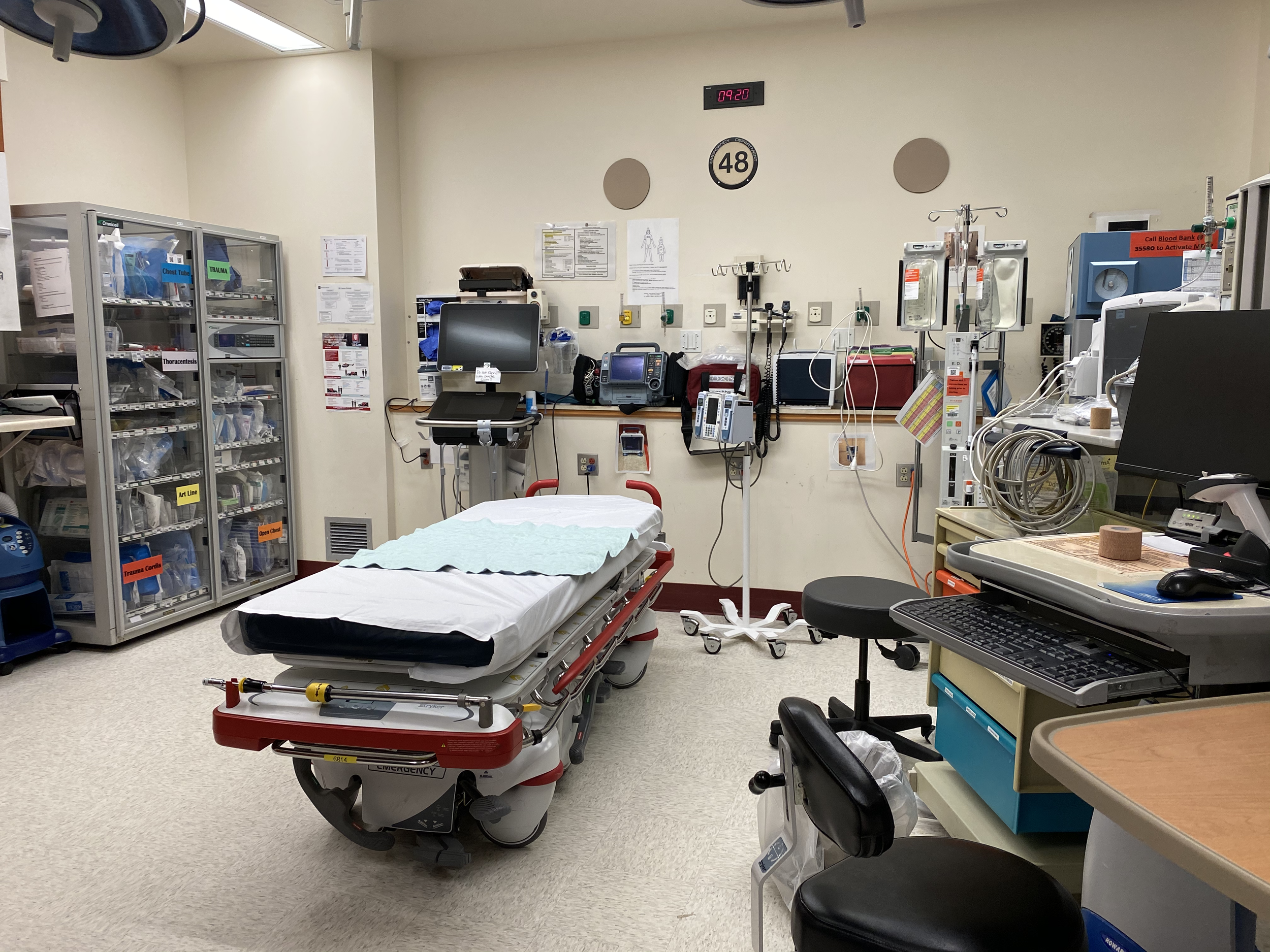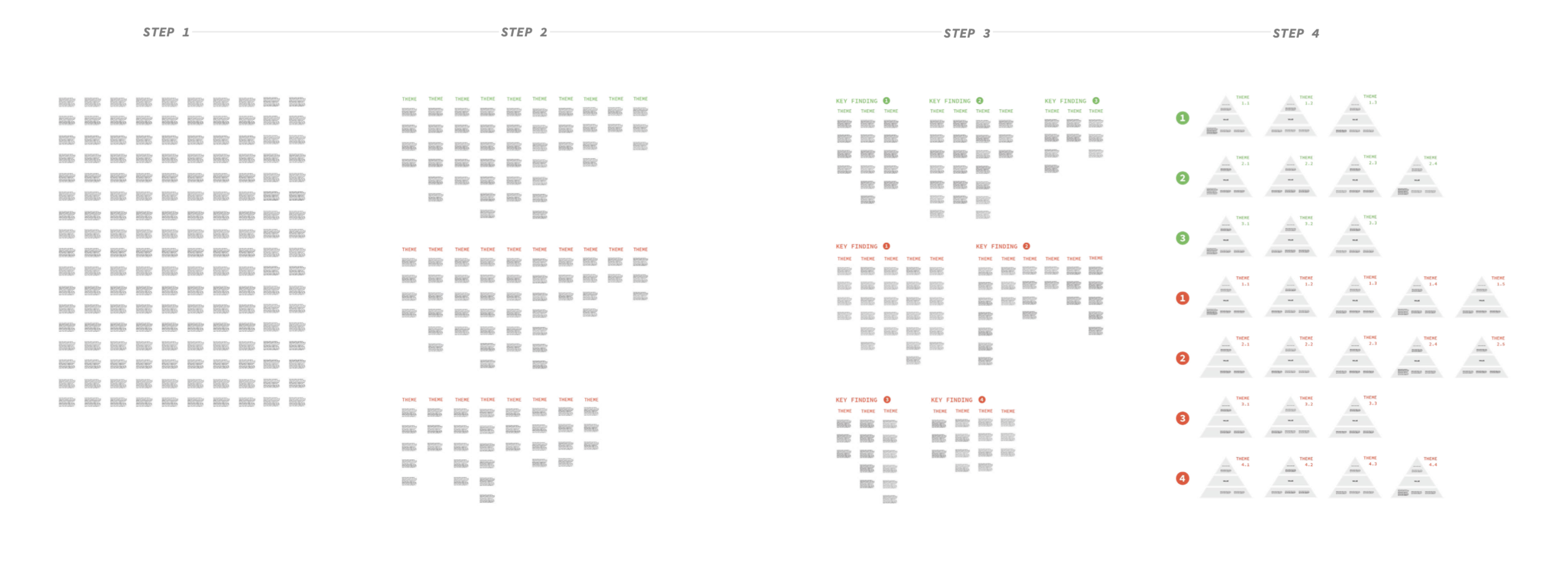making sense of organizational culture [graduate thesis]
Abstract
This research demonstrates how Human-centered Design and Visual Sensemaking methods can be used to understand and improve the culture of an organization. Specifically, this study focuses on the culture of sixteen emergency departments in the Indiana University Health hospital network.
The primary data utilized in this research were open ended survey responses from four-hundred and thirty-six IU Health emergency department team members. This analysis is largely centered on how well the existing emergency department culture aligns with the newly defined IU Health organizational values; Excellence, Purpose, Team, and Compassion.
IU Health’s newly defined values
In 2018, IU Health took great care to redefine their organizational values with the intention of building a values-based culture that would improve the employee experience and in turn, the patient experience. In this process IUH identified four core cultural values:
Excellence: We do our best at all times and in new waysPurpose: We work to do good in the lives of all othersTeam: We count on and care for each otherCompassion: We treat all people with respect, empathy and kindnessresearch questions
The primary research question is aimed toward this broader challenge of taking a unique approach to understand and improve the culture of an organization.
To accomplish this more strategic objective, this research was divided into three more specific objectives or sub-questions.
data collection
The primary data collection activity was a survey of all IU Health Emergency Department team members across the network. This survey was conducted as part of normal IU Health year-end research. Approximately four-hundred and thirty-six IU Health ED team members participated in this survey. The specific question that was used in this research was open-ended, simply asking team members to describe the organizational culture at IU Health. The answers given to this question created a robust cache of qualitative data. These survey responses, the voices of team members in the IU Health emergency departments, were the core data utilized in this analysis.
data analysis
To analyze the IU Health survey responses, a four step process of visual sensemaking was undertaken. The actual data visualizations have been abstracted to demonstrate what this process looked like from a high-level view.
The framework for analysis used in Step Four was Edgar Schein’s Three Layers of Organizational Culture. This is a three level, triangular framework that breaks down the elements of organizational culture into Artifacts, Espoused Values, and Underlying Assumptions.
STEP ONEFirst, the survey data from each of the sixteen emergency departments was compiled into one raw data set.
STEP TWOOnce the survey responses were compiled, the responses were clustered into twenty-eight themes based on similarity or commonality. Each of these themes either presented an alignment or a misalignment with one or more of the IU Health core values.
STEP THREENext, the twenty-eight themes became subthemes as they were further clustered, forming the seven key findings.
STEP FOURArtifacts, espoused values, and assumptions were identified within the survey responses and sorted into the layered, triangular model accordingly.
Key findings
Through the visual sensemaking process, seven key findings were identified. The first three findings represent Areas of Alignment between the existing culture and the espoused values. The second set of findings represent the key Areas of Misalignment which were identified in the survey analysis.
OPPORTUNITIES
The alignments and misalignments identified through the survey data exist along four key relationships: 1. Team Members’ Relationship to Patients, 2. Team Members’ Relationship to Fellow Team Members, 3. Team Members’ Relationship to Other Departments, and 4. Team Members’ Relationship to the Organization or Higher Management.
Through the lens of these four key relationships, some key Opportunities for Creating Better Alignment were identified in the form of “how might we” statements.










